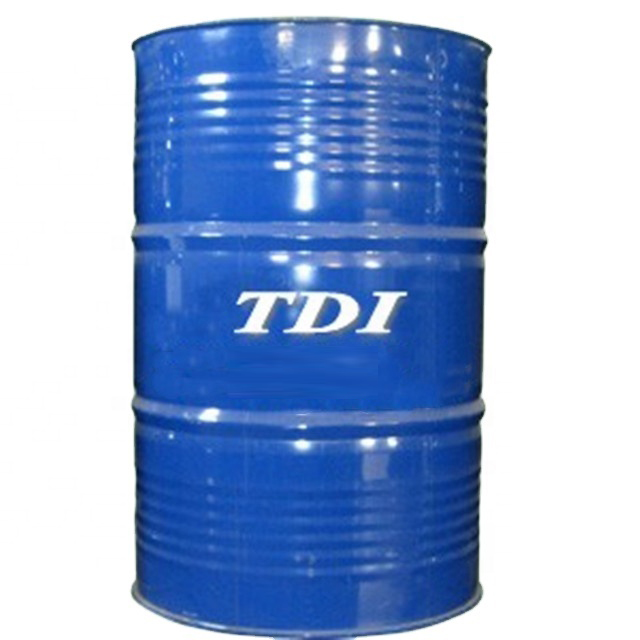2,4-Diisocyanato-1-methylbenzene
NAME
1.1 Substance
Toluene-2,4-diisocyanate (TDI)
Toluene-2,6-diisocyanate
1.2 Group
Isocyanates
1.3 Synonyms
2,4-diisocyanatotoluene benzene-2,4-diisocyanate-l-methyl
TDI
isocyanic acid
Di-isocyanate de 2,4-Tollylene (French)
2,4-Toluylendiisocyanate (German)
Toluen-diisocianato (Italian)
Toluen-Diisocyanaat (Dutch)
Di-iso-cyanotaluene
methyl-m-phenylene ester
diisocyan-toluol
diisocyanato-toluene
methyl-m-phenylene isocyanate (WHO, 1987)
polyurethanes
1.4 Identification numbers
1.4.1 CAS
584-84-9
1.4.2 Other numbers
Toluene-2,6-diisocyanate CAS number: 91-08-7
(NIOSH, 1985)
Crudell TDI (unidentified isomers) CAS number:
1321-38-6 (WHO,1987)
UN number: 2078 (UN, 1984)
HAZCHEM code: 2 XE (Hommel, 1986/1987)
RTECS access number: CZ 6300000 (2,4-TDI)
CZ 6310000 (2.6-TDI)
CZ 6200000 (80:20 mixture)

Toluene-2,4-diisocyanate appears as colorless to yellow or dark liquid or solid with a sweet, fruity, pungent odor. Melting point 68°F (20° C). Evolves CO2 when moist. This can cause over-pressurization in an enclosed space.Toxic and carcinogenic. Used in polyurethane foams, coatings in floor and wood finishes, sealers, paints, concrete sealers for aircraft and tank trucks, elastomers in clay pipe seals, elastomers and coatings, and crosslinking agent for nylon. Rate of onset: Immediate Persistence: Hours – weeks Odor threshold: 0.4 – 2 ppm Source/use/other hazard: Polyurethane (wood coatings, foam), nylon industries; skin irritant.
